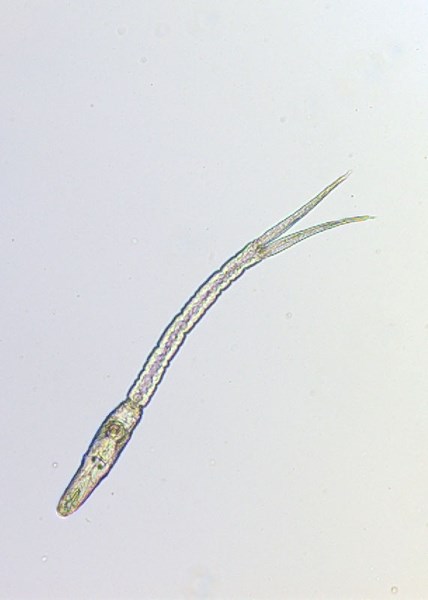Heading out to the lake this weekend? If you get swimmer’s itch while you’re out there, you can put that experience to good use.
And if you’re heading out to a lake near St. Albert, you’re likely at risk. This year there have been reported cases at several lakes in the area, including Lake Wabamun and Lac St. Anne.
University of Alberta researcher Dr. Patrick Hanington and his colleagues are encouraging all Albertans to report any cases of swimmer’s itch to their website, swimmersitch.ca, to help build the database of which lakes it’s present in.
“One of the reasons we set up that website is so we can get an idea of how many people are getting swimmer’s itch, where they’re getting swimmer’s itch and how prevalent it is in Alberta,” he said.
Swimmer’s itch isn’t a major health concern in North America, as it doesn’t typically cause significant injury. Rather, it presents as an itchy red bump or groups of red bumps. As such, most health authorities don’t track swimmer’s itch cases.
Hanington said the rash is caused by a type of parasitic flatworm present in most lakes in the province. In the lifecycle of the parasite, it uses two hosts.
The eggs hatch in fresh water, and find a specific species of snail to infect. Within that snail, the parasite undergoes some larval development before being released back into the water. At that point, the larvae seek out waterfowl or aquatic rodents like muskrats to infect. The parasites live in the bloodstream of those animals and release eggs through their waste.
Swimmer’s itch is caused when instead of waterfowl or rodents, the parasites come into contact with human skin. While this leaves itchy red bumps at the site where the parasite tries to break the skin, the human immune system kills the parasite to prevent infection.
“It doesn’t actually get into your blood like it would a duck or a muskrat,” he said. “We would consider it more of a recreational nuisance than a health concern.”
Nonetheless, Hanington said the condition is important to study because the flatworm parasite that causes the rash is similar to other species around the world that cause schistosomiasis, which affects about 250 million people worldwide and can be fatal.
“That all kind of ties into the research on swimmer’s itch we do, because some species of snail are more suitable as hosts for the swimmer’s itch parasites than others, so it all creates this biological question we can look at from multiple angles,” he said.
But while there are potential long-term benefits in terms of helping reduce the burden of infection around the world, Hanington noted the database his team is creating in Alberta is aimed at helping inform Albertans about where swimmer’s itch is present and how they can avoid it.
“Ultimately our goal is to help give people better information about swimmer’s itch in Alberta and help them make more informed choices about where they go swimming,” he said.




